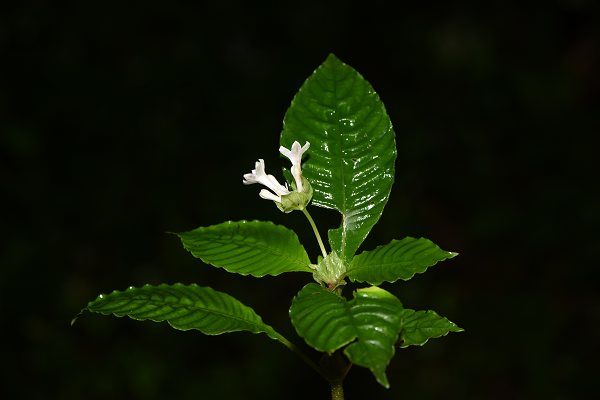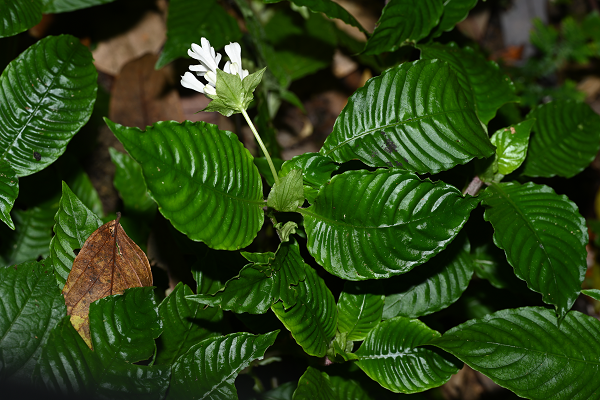KUNMING, Feb. 19 (Xinhua) -- Chinese researchers have found a new plant species of the Rubiaceae family in southwest China's Yunnan Province, according to the Chinese Academy of Sciences (CAS).
The findings, made by researchers from the Xishuangbanna Tropical Botanical Garden (XTBG) of the CAS, were recently published in the journal Phytotaxa.
During a botanical expedition to a local nature reserve in Yunnan Province, the researchers collected a previously unknown Rubiaceae species. After extensive examination and comparison with other known species, the researchers confirmed that it was a new species.
The new species has been named Leptomischus bracteosus due to its distinct bracts.
"As only two populations have been found, and the population is declining due to forest fragmentation and habitat degradation, we consider the conservation status of the new species to be 'vulnerable' according to the International Union for Conservation of Nature standard," said Tan Yunhong, a researcher of the XTBG.
Leptomischus is a genus of plants in the family Rubiaceae, which is abundant in the tropics and includes many economically important members used for purposes such as medicine, horticulture, and food production.

Leptomischus bracteosus (Image by TAN Yunhong)

Leptomischus bracteosus (Image by TAN Yunhong)
URL:https://english.news.cn/20240219/bd6f74d71f37488ea66b03356d9bfd36/c.html


